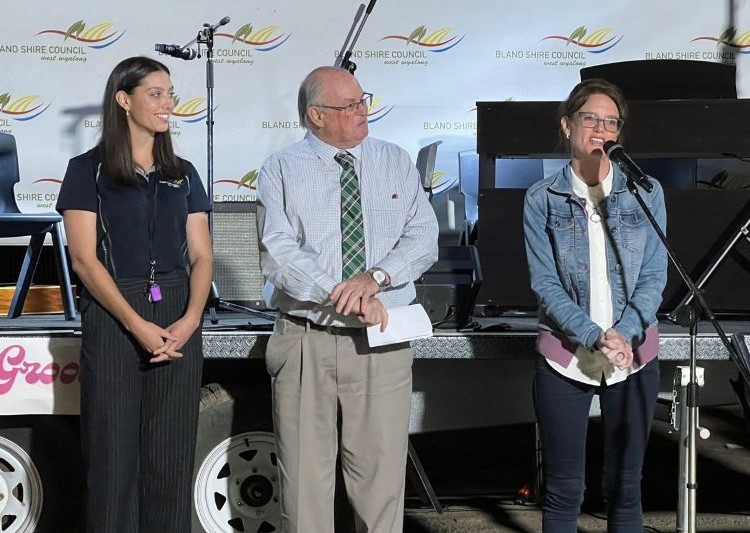Do you or someone you know want to start a career they love and start earning? How about an Australian Apprenticeship!
An Australian Apprenticeship refers to a qualification that is completed through working on-the-job, studying off-the-job and earning a wage. The term ‘Australian Apprenticeship’ covers both apprenticeships and traineeships.
Apprenticeships and traineeships are completed with a hands-on learning style, which makes them a great alternative for those who don’t wish to complete traditional studies. There may be some classroom-based elements, but these are linked to things you will be doing in your job.
Most people will be able to do an Australian Apprenticeship. There are no specified entry requirements, but employers will look for people that meet their own business needs. In some industries, a pre-apprenticeship or pre-traineeship can give you a head start and can be used as experience to show an employer.
The benefits of an Australian Apprenticeship
There are several benefits during and after completing an Australian Apprenticeship. Some of these include:
- Work towards a formal qualification while getting paid
- Support from government-funded organisations to help the apprentice or trainee and employer have a positive experience
- On graduation, employment and wage outcomes are similar or better than other types of traditional studies
- When you finish your Australian Apprenticeship, you will have a nationally recognised qualification and experience in your chosen industry.
A 2010 study found:
‘Students with a disability enrolled in an apprenticeship or traineeship have better employment outcomes, when compared against other types of VET courses (Barnett 2004; Clark 2007). This may be because of the employment or on-the-job relationship embedded in the apprenticeship and traineeship models.’
https://tickettowork.org.au/media/research_submissions_files/Ticket-to-Work-Scoping-Report-2010.pdf
There are many benefits in completing an Australian Apprenticeship, but when thinking about if this pathway is right for you, there are a few things to consider. In Australia, apprenticeships and traineeships have minimum work hours, so if you can’t work regular hours as agreed with the employer, this might not be the right pathway. The FairWork Ombudsman notes that all Australian Apprenticeships must be full or part-time (not casual). There are more considerations to be made when looking at learning and physical abilities, but these decisions are made on an individual basis and should be discussed with a professional.
Types of apprenticeships and traineeships
Many people think that doing an apprenticeship or traineeship means that you’ll strictly be working in a trade, but this is far from the truth! Australian Apprenticeships cover a wide range of industries and jobs.
There are so many different jobs you can get by doing an Australian Apprenticeship. Some examples of industries include community services and health, travel and tourism, communication and information technology, financial services, agriculture and horticulture, government and more. You can find all the Australian Apprenticeship pathways available to you via the AA Pathways website: https://www.aapathways.com.au/
https://www.australianapprenticeships.gov.au/
https://www.dese.gov.au/skills-support-individuals/apprenticeships-and-traineeships
https://www.apprenticeshipsupport.com.au/Home
Hours and Pay
Apprentices & trainees – Fair Work Ombudsman
I want to be an apprentice | Australian Apprenticeships
https://www.fairwork.gov.au/pay-and-wages/minimum-wages/apprentice-and-trainee-pay-rates








